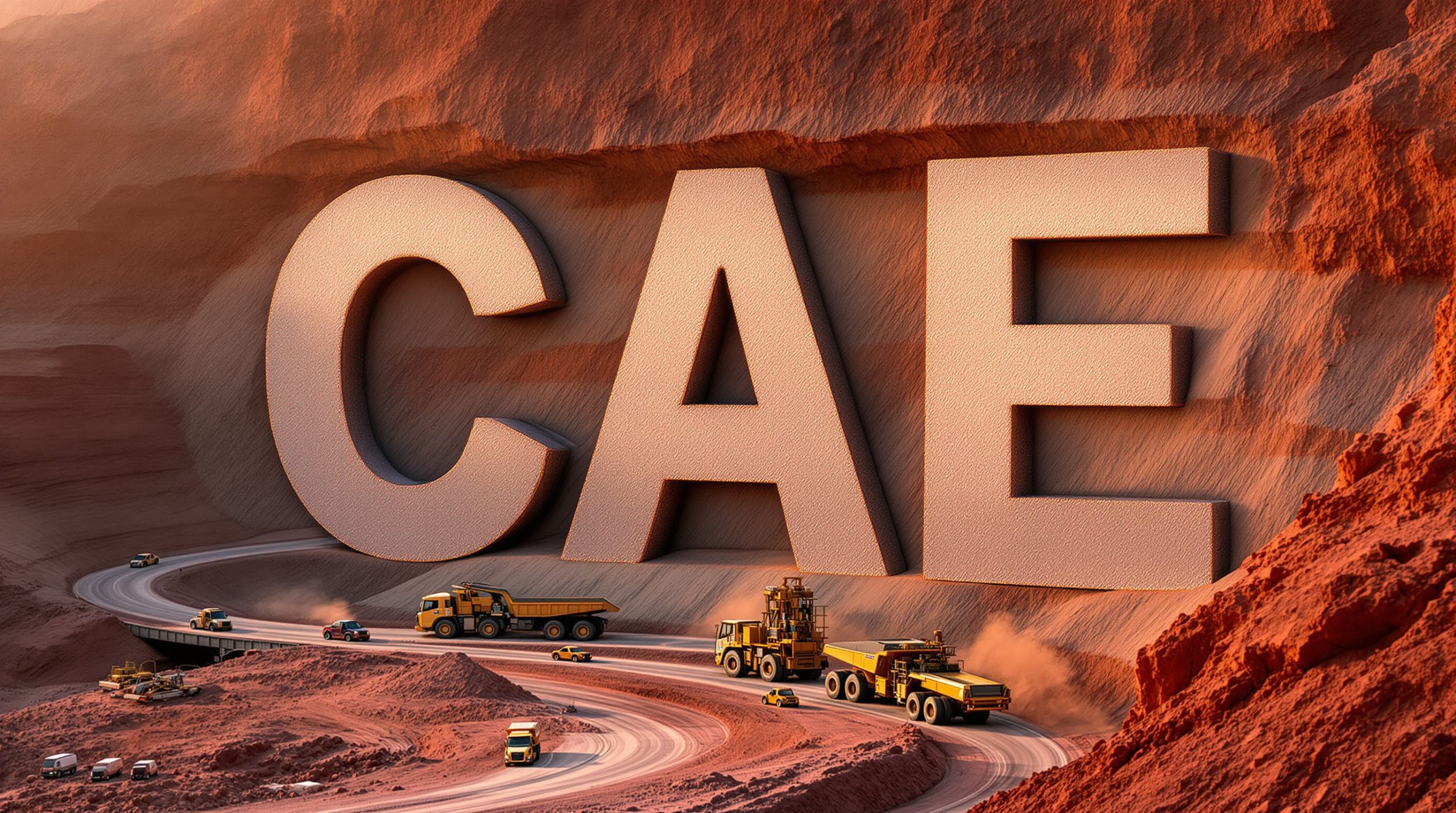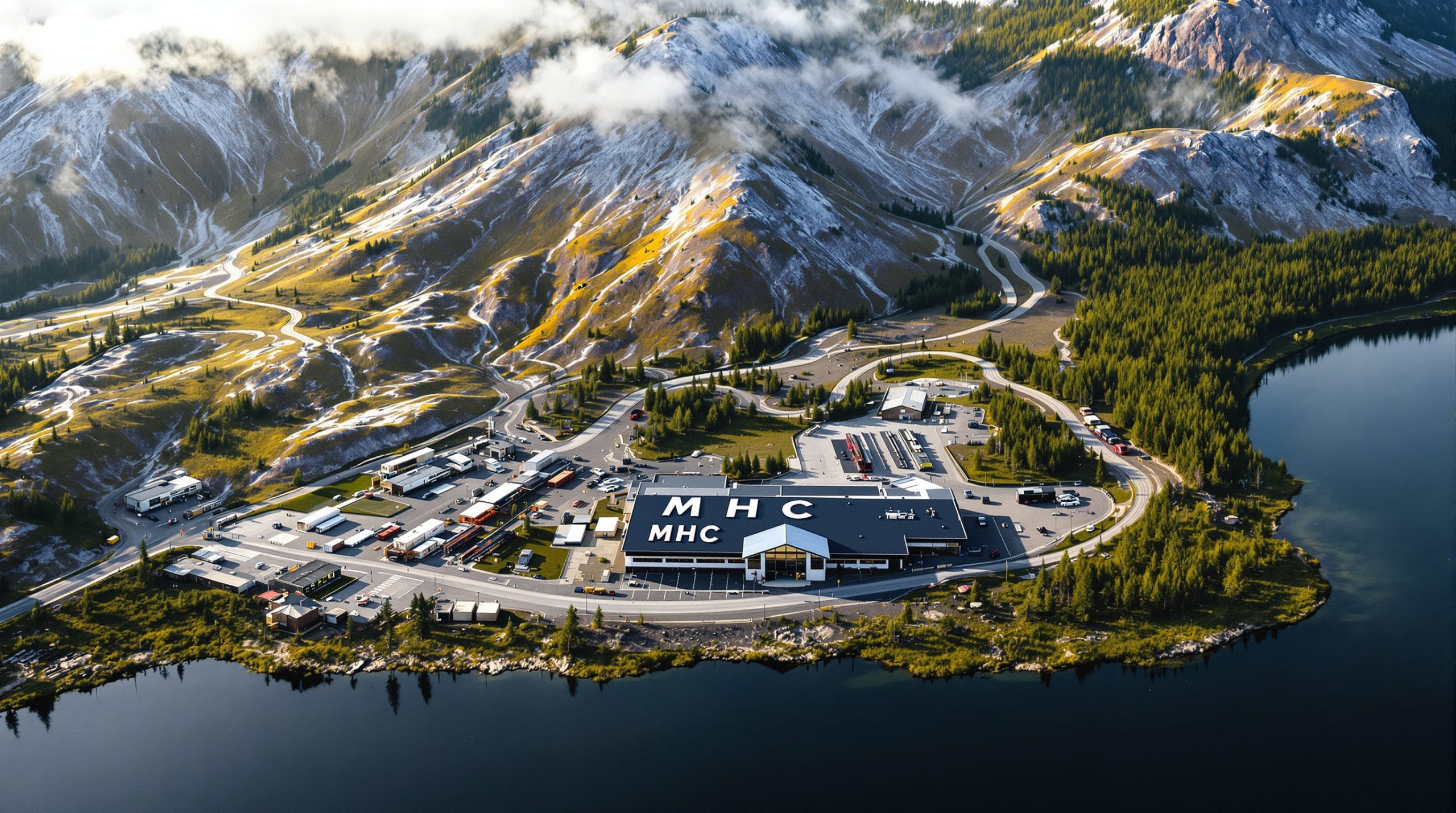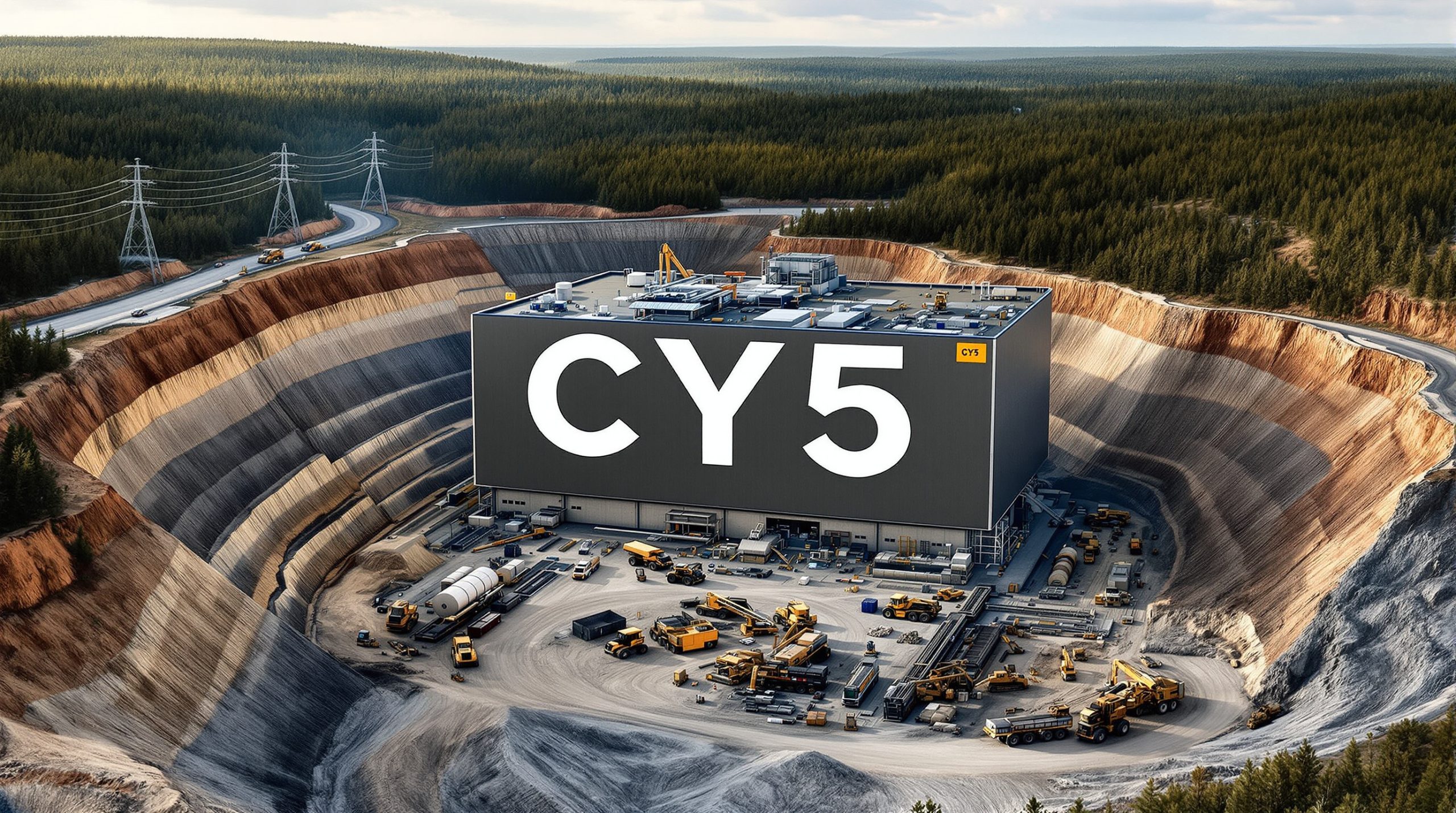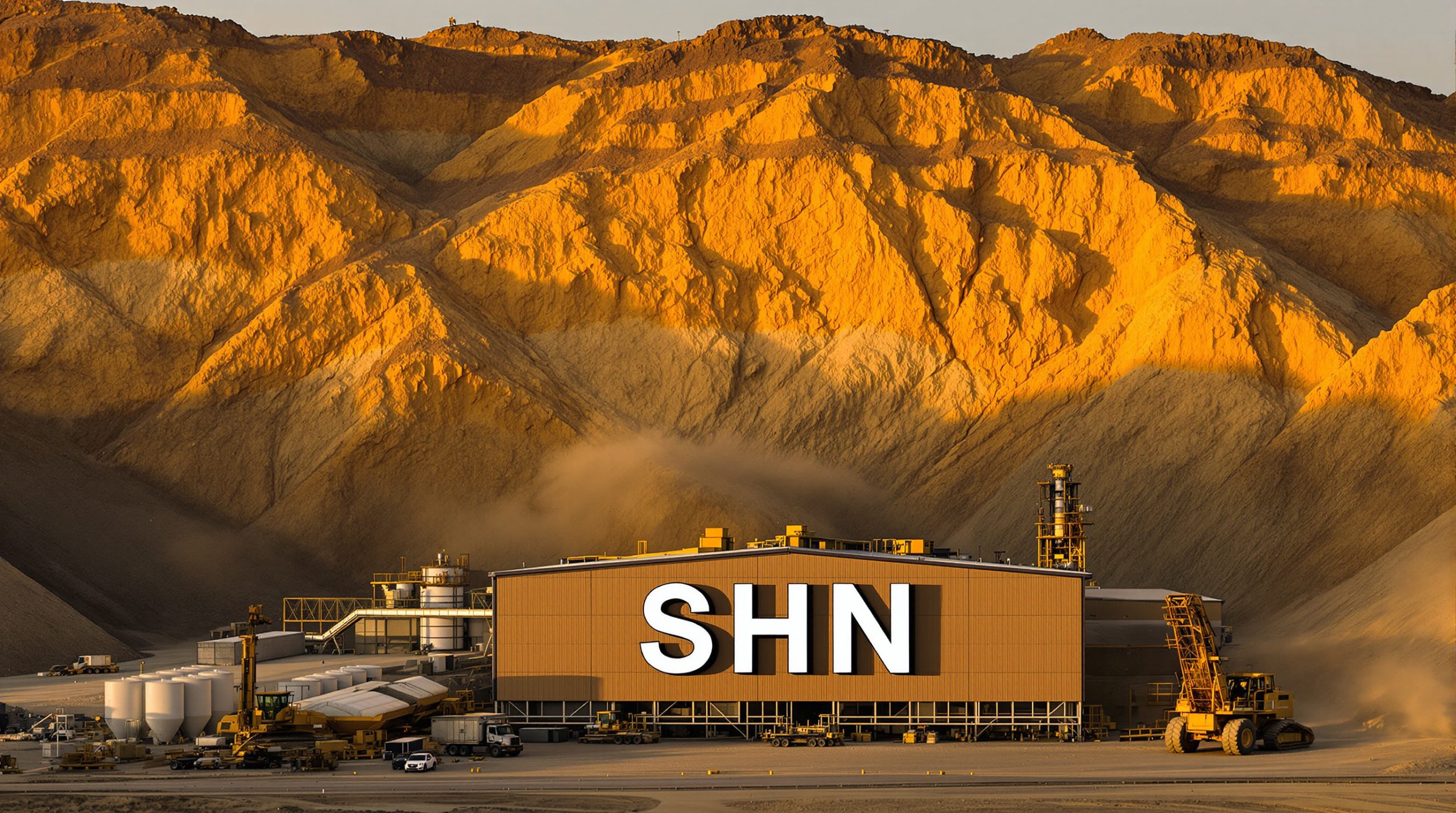Golden Deeps Uncovers Exceptional Copper, Silver, Zinc and Germanium Grades at Central Otavi Project
Golden Deeps Ltd (ASX: GED) has announced outstanding mineral discovery in Namibia, with exceptional high-grade results from rockchip sampling at its recently acquired Central Otavi Project. The results reveal a substantial mineralised system spread across two parallel corridors, positioning the company for potential significant development in this world-class mining region.
Remarkable Multi-Element Mineralisation Discovered in Namibia
Golden Deeps has identified extraordinary copper, zinc, silver, lead, and germanium grades from rockchip sampling at Area 6 of its Central Otavi Project. The results define a large, strongly mineralised system across two parallel corridors within a 1km x 800m area.
The standout results include grades of up to 38.3% copper, 35.4% zinc, 77.9% lead, 2,473 g/t silver, and 97 g/t germanium from 74 rockchip samples. These exceptional grades were found in two distinct mineralised corridors defined by highly anomalous soil sampling results.
"The identification of these outcropping oxidised sulphide gossans – and the spectacular grades of copper, zinc, silver and lead, with high-grade germanium and highly anomalous antimony, over such a widespread area – clearly demonstrates the potential for substantial, high-grade mineralised sulphide discoveries in multiple zones," said Golden Deeps CEO Jon Dugdale.
Two High-Grade Mineralised Corridors Identified
The exploration team has identified two parallel mineralised corridors at Area 6:
Gossan 1 (G1) Corridor
This southern corridor extends over 600 meters in strike length with a northeast trend. Highlighted by exceptional copper and silver grades, the G1 Corridor produced rockchip samples including:
- 38.3% Cu, 3.6% Zn, 1,130 g/t Ag, 16 g/t Ge (Sample A6SM9)
- 31.7% Cu, 14.9% Zn, 209 g/t Ag, 16 g/t Ge (Sample A6SM5)
- 17.6% Cu, 4.2% Zn, 613 g/t Ag (Sample A6SM7)
- 11.5% Cu, 25.9% Zn, 81 g/t Ag, 17 g/t Ge (Sample A6GS37)
Gossan 2 (G2) Corridor
Located 400 meters northwest of G1, this northern corridor extends over 800 meters in strike length. The G2 Corridor shows a stronger zinc-lead-germanium signature, with exceptional results including:
- 32.4% Zn, 34.1% Pb, 87 g/t Ag, 97 g/t Ge (Sample A6SM3)
- 23.3% Zn, 27.7% Pb, 162 g/t Ag, 71 g/t Ge (Sample A6SM2)
- 29.0% Cu, 2,473 g/t Ag, 2.4% Zn (Sample A6GS20)
- 77.9% Pb, 161 g/t Ag (Sample A6GS5)
Understanding Gossans: Windows to Deeper Sulphide Deposits
Gossans are iron-rich oxidized zones that form at the surface above sulphide deposits. They function as surface indicators for potentially significant mineral deposits at depth. The gossans discovered at Area 6 show classic characteristics of oxidized copper, zinc, and lead sulphides, including malachite (copper carbonate) and iron oxides.
The presence of these gossans with such high-grade mineralisation suggests the potential for substantial sulphide bodies below the surface. This is particularly significant given the similar geochemical signature to the nearby Tsumeb deposit, which historically produced 27 million tonnes of ore at grades of 4.3% copper, 10% lead, 3.5% zinc, and 95 g/t silver.
Critical Metal Potential: The Germanium Connection
A particularly noteworthy aspect of this Golden Deeps Ltd mineral discovery in Namibia is the high-grade germanium found in the samples, with values up to 97 g/t Ge. Germanium is classified as a critical metal essential for high-tech applications including:
- Fiber optic systems
- Infrared optics
- Solar cell technology
- Semiconductor components
With global supplies limited and demand increasing for technology applications, germanium represents a potentially valuable by-product that could significantly enhance the economic profile of any future mining operation.
The Tsumeb Connection: Similar Mineralisation Style to Major Historic Mine
The geochemical association of high-grade copper-zinc-lead-silver with germanium and antimony at Area 6 is analogous to the world-famous Tsumeb mine, located just 20km to the north. Tsumeb was one of Africa's richest polymetallic mines, producing 27 million tonnes of ore grading 4.3% copper, 10% lead, 3.5% zinc, 95 g/t silver, and 50 g/t germanium.
The Otavi Mountain Land region, where Golden Deeps' project is located, is a world-class mining district with over 600 known mineral occurrences. The company's Central Otavi Project tenements cover key portions of this highly prospective geological belt, similar to the golden cross copper hill exploration that has recently expanded its geochemical sampling program.
Aggressive Exploration Program Underway
Golden Deeps has rapidly advanced exploration at Area 6, with a comprehensive program already in progress:
- Trenching and channel sampling across the strongly mineralised outcrops to determine widths and grades
- Extended soil and rockchip sampling to define the full extent of the mineralised system
- Planned geophysical surveys including Induced Polarisation (IP) to detect sulphide targets at depth
- Preparations for drilling to test targets as soon as possible
"The discovery of a mineralised system with a geochemical association identical to the major, high-grade, Tsumeb Cu-Zn-Pb-Ag-Ge deposit is very exciting, and we look forward to drill testing identified sulphide targets as soon as possible," said Dugdale.
Investment Implications
This Golden Deeps Ltd mineral discovery in Namibia represents a significant exploration breakthrough with several compelling investment aspects:
- Exceptional grades across multiple metals including copper, zinc, silver, lead, and critical metals like germanium
- Large mineralised footprint spanning over 1km x 800m with two distinct corridors
- Geological similarity to one of Africa's richest polymetallic mines (Tsumeb)
- Multiple exploration targets with near-term drilling potential
- Location in an established mining jurisdiction with excellent infrastructure
- Exposure to critical metals (germanium) in addition to traditional base and precious metals
With an aggressive exploration program already underway and potential catalysts including geophysical results and drill testing in the near future, the Golden Deeps Ltd mineral discovery in Namibia represents an exciting opportunity for investors interested in early-stage exploration success with significant upside potential.
The company is well-positioned to rapidly advance the Central Otavi Project, with access agreements in place and exploration infrastructure already established. In the wider exploration context, several companies have reported promising results recently, including high-grade gold exploration by Lunnon Metals and a notable gold discovery at the Cardinia Shear prospect near Leonora.
Furthermore, the region continues to demonstrate its mineral potential, with recent discoveries including gold findings in Western Australia by Lachlan Star and an interesting gold-antimony discovery at the Hurricane project showing the diversity of mineralisation styles in the broader region.
As results continue to flow from the ongoing work programs, investors should monitor developments that could further demonstrate the scale and quality of this promising discovery.
Looking for Investment Opportunities in Exceptional Mineral Discoveries?
Receive instant notifications about significant mineral discoveries like Golden Deeps' recent high-grade copper, silver, zinc, and germanium find by visiting Discovery Alert's discoveries page, where our proprietary Discovery IQ model helps investors identify actionable opportunities before the broader market.




